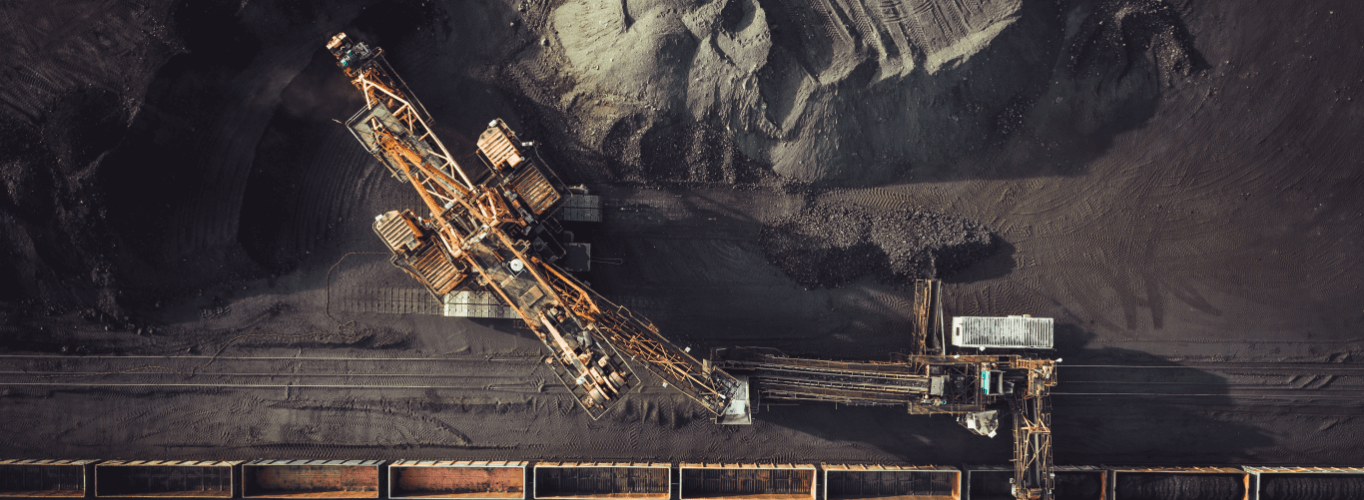Sustainable Optimization: Balancing Profit, Efficiency, and Environmental Responsibility
In today’s supply chain world, the word “sustainability” is no longer just a trend – it’s a necessity. But achieving sustainability isn’t a simple task, especially when it involves balancing operational efficiency, profitability, and environmental responsibility. This balancing act, which we call Sustainable Optimization, is reshaping how businesses approach supply chain planning.
Many companies are starting to realize that optimizing solely for profitability is a thing of the past. In today’s world, sustainability must be baked into the core of supply chain strategies – it’s not just about “going green”, it’s about making smart, long-term decisions that balance environmental impact with business growth.
Why Sustainable Optimization is now a core priority
Traditionally, supply chain optimization focused on two key objectives: efficiency and profitability. Businesses sought ways to minimize costs, reduce waste, and improve operational performance. While this approach has driven many successes, it also led to environmental consequences – whether in the form of excessive resource use, carbon emissions, or waste.
Today, however, businesses face new pressures. Regulatory changes, customer expectations, and shifting global priorities are pushing companies to rethink how they define “optimization.” The focus has shifted to include a third pillar: sustainability. And that means businesses now face more complex trade-offs.
Companies must now ask questions like:
- How much efficiency can we afford to lose while improving sustainability?
- Can we maintain profitability while reducing our environmental impact?
- Where can we innovate to strike a better balance between people, planet, and profit?
Balancing the Three Pillars: Efficiency, Profit, and Sustainability
The path to sustainable optimization involves making trade-offs between efficiency, profitability, and sustainability – but doing so without compromising your business’s ability to compete or grow.
For instance, optimizing transportation routes to reduce fuel consumption can simultaneously cut costs and lower carbon emissions. Yet, it requires investment in advanced optimization tools, planning systems, and a deeper understanding of data. Similarly, optimizing for lower waste in manufacturing might reduce environmental impact, but it could require more precise inventory management, production planning, or process redesigns.
This balancing act requires more intelligent decision-making. Companies must consider how their day-to-day operational decisions impact not only the bottom line but the environment and society as well.
Real-World Example: A European Mining Company’s Journey
Consider the case of a large European mining company. As a traditionally resource-intensive industry, mining is subject to scrutiny when it comes to sustainability. Recognizing that their long-term viability depended on balancing profit with sustainability, the company implemented a sustainability optimizer. This solution allows them to make decisions that balance operational efficiency, profitability, and sustainability goals in real time.

For this mining company, the challenge wasn’t simply about reducing emissions or cutting waste – it was about finding ways to embed sustainability into their day-to-day operations without sacrificing profitability. This meant integrating sustainable goals into their optimization processes, ensuring that every decision considered its impact on people, the planet, and profit.
The result? The company is now in a stronger position to meet both regulatory requirements and customer expectations while maintaining operational efficiency and profitability.
The Future of Sustainable Supply Chains
As businesses around the world continue to face pressure from regulators and consumers, sustainable optimization will become a non-negotiable part of supply chain planning. Companies that don’t make sustainability a priority risk falling behind, not just in terms of compliance, but in terms of their ability to attract customers, investors, and talent.
The key to success lies in operationalizing sustainability. This means integrating sustainable goals into your optimization tools, aligning your business processes with environmental objectives, and ensuring that the right people and systems are in place to support these changes.
Sustainable optimization isn’t about trading profit for sustainability. It’s about finding the balance that allows your business to grow, thrive, and make a positive impact on the world. Companies that can achieve this balance will emerge as leaders in the next era of supply chain management.
We understand that businesses are focused on one thing: winning. No one embarks on a journey for a mere technical implementation – systems alone don’t drive success. To achieve significant value that translates into measurable strategic goals or financial gains, you need real business transformation. And for that, you need more than just technology. At The Logic Factory, we see ourselves as your pit crew – the team working behind the scenes to ensure you, the driver, have everything you need to win the race. Your car – the cutting-edge technology that powers your supply chain – is critical, but without the right strategy, support, and execution, it won’t get you across the finish line. As your pit crew, our role is to ensure that your vision is aligned with your systems, your data is reliable, and your team is prepared for success. In short, we’re here to ensure that your journey ends where it should: crossing the finish line as a winner.
Interested in learning how these strategies can drive your business forward? Let’s start a conversation!
This is Part 2 in a series of 4 articles: click here for:
Part 1: Redefining Resilience: Building the Future of End-to-End Supply Chain Planning
Part 3: Building Resilience with the Hamburger Framework: Data and Collaboration as the Foundation
Part 4: Why Sustainable Optimization and The Hamburger Framework are the Future of Supply Chain Success






